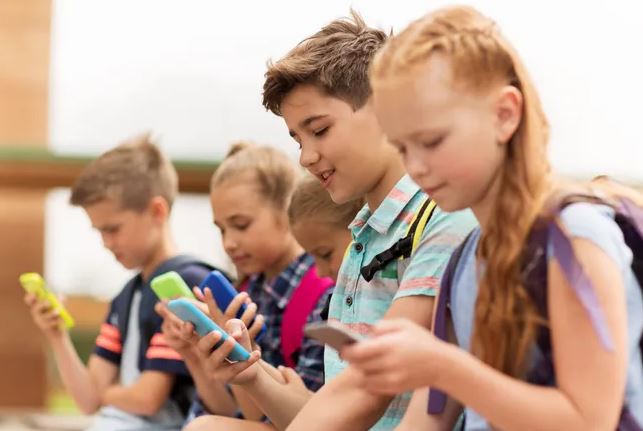Budgeting Kids’ Screen Time

“But Mum, it’s educational! I just need a few more minutes.” If you’re like me you’ve heard this from your kids when you ask them to get off screens. And they are partly correct with games such as Minecraft. But as we approach school holidays (and even during the week), most of us parents can’t help but relate video games with excessive screen time.
And so the technology battlefield that every modern parent faces. We want our kids to be technologically savvy citizens, but also worry about their distracted learning, social skills and mental health.
The Research
A recent UNSW study proposes that the answer lies in the ‘ideal’ amount of screen time for our kids per day: 1 – 2 hours of screen time for 11-17 year old students helped them achieve a higher reading score but not more than four hours. The study surprisingly suggests that a couple of hours each night is actually better than none at all.
Spending more than four hours on a school night gaming or trawling the internet meant students were 15 per cent less likely to attain a higher reading score and 17 per cent less likely to obtain a high numeracy score, the UNSW study found.
Although a helpful guide, parents are still left wondering: is 2 hours of Minecraft better than 2 hours of predatory Instagram ads or Tik Tok? Where does age and personality fit in? And what happens when students start using a school laptop?
Consider a screen time budget
Tuesday
Wednesday
Friday
Saturday
Sunday
By filling in the categories, it makes your kids’ screen time visual and gives them ownership of those screen hours. You may find this technique effective in the battle around screen time.
1. Joint discussion around screen time
2. Check in
3. Dad and Mum too!
I am guilty of this – scrolling mindlessly and being surprised at wasted time! My kids have pointed out that I need to put down my phone and it shows that we can all be lured into screen time. If everyone is accountable it shows your kids that it’s a family effort.
We hope that you find this helpful and strategic in monitoring screen time, rather than leaving kids to their own devices – literally!
Looking for a program to engage and further improve your learners’ literacy levels?
Literacy for Boys and Literacy for Kids have been adopted in over 50 schools around Australia, NZ, and the Asia Pacific. Contact us for a FREE trial in your school. See for yourself how our engaging programs are boosting literacy levels in the next generation!
Check out our blogs for more ideas and tips.
Super skills of Reading: How to help your child become a better reader
Steps to Successfully Support Disengaged Learners
See us featured in The Educator Australia magazine
Research confirms that early reading boosts literacy
Boys Love LFB – Here’s what they have to say!
Get boys reading in the digital age
Why write? Tips for reluctant writers
Brought to you by Tanya Grambower

